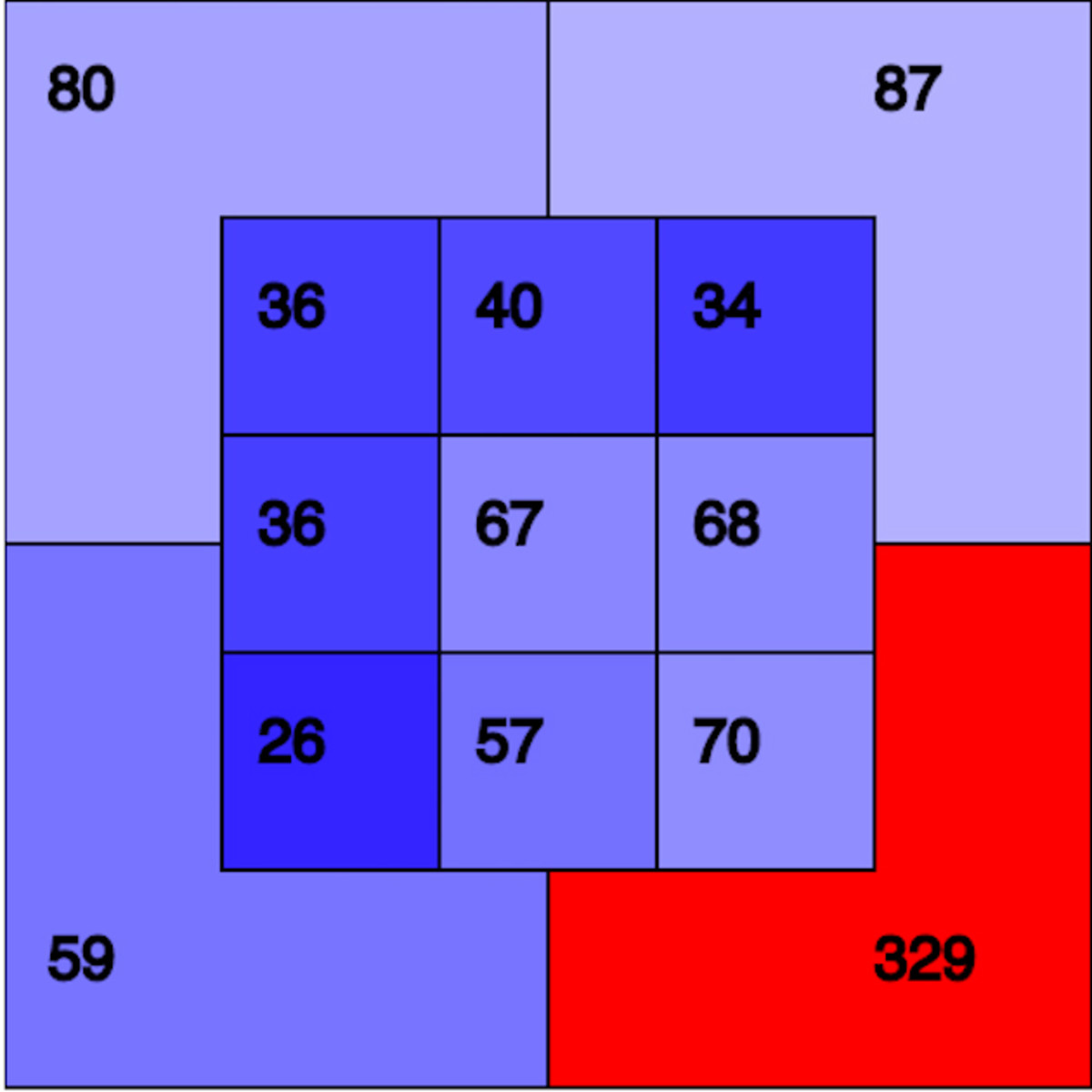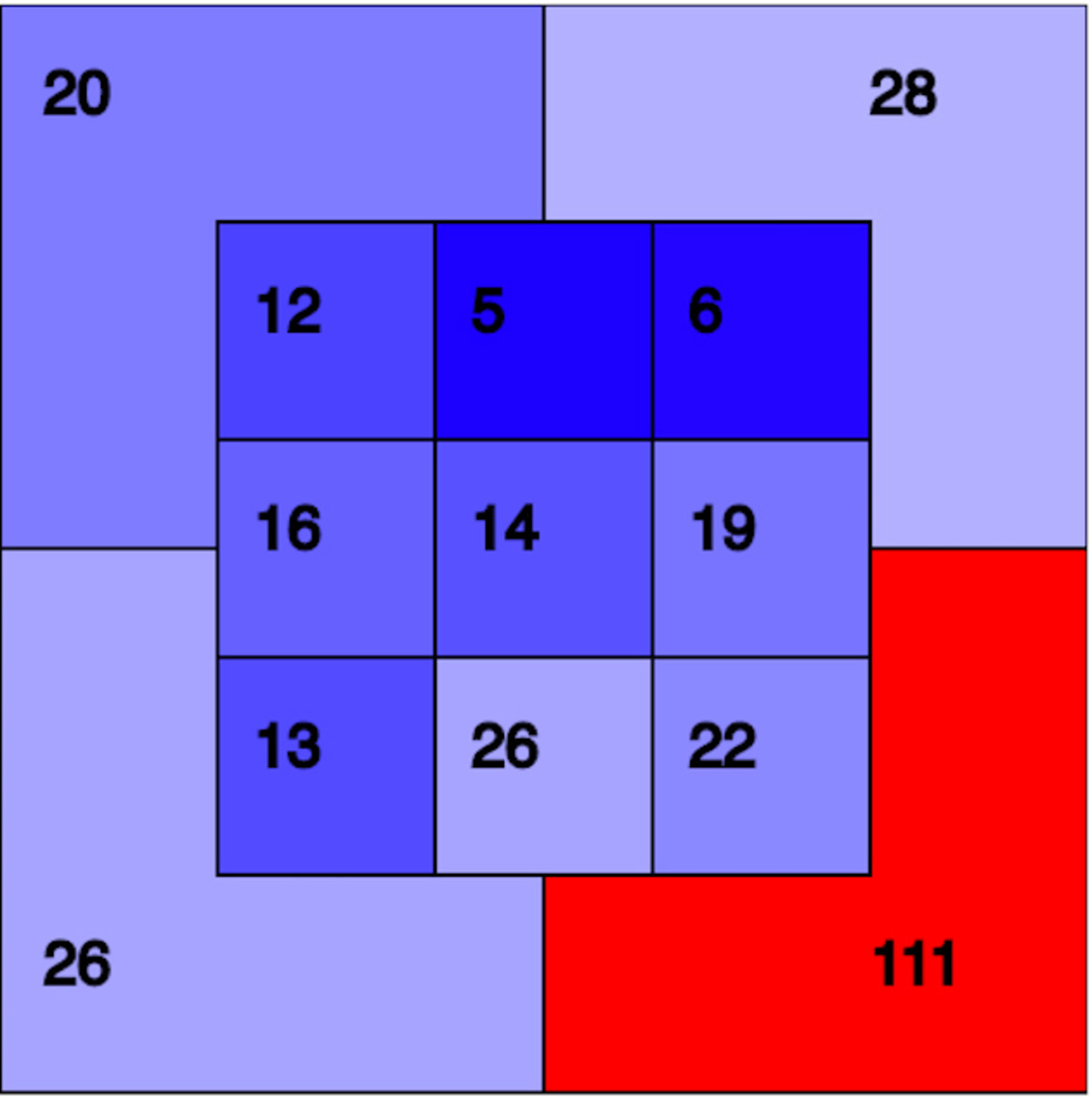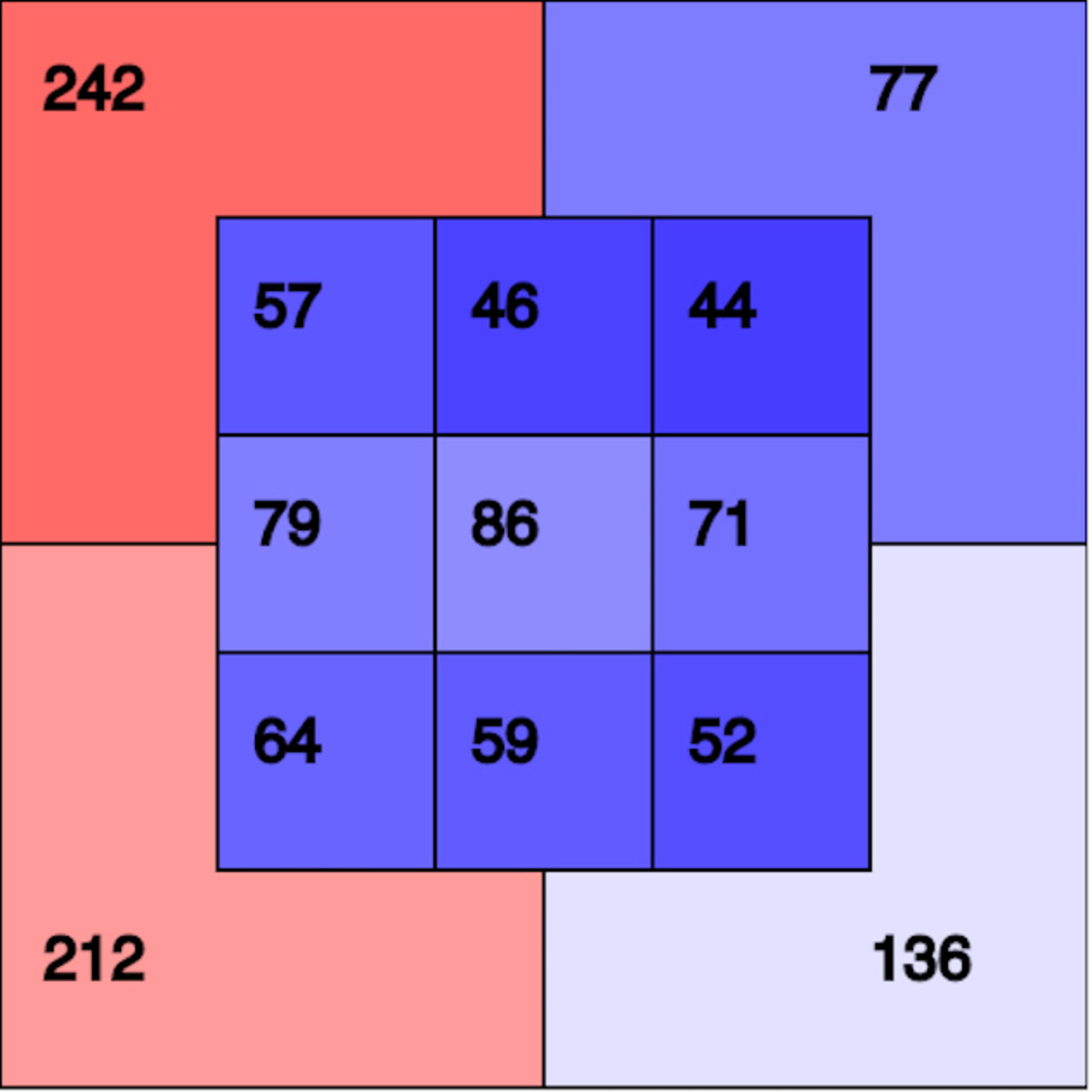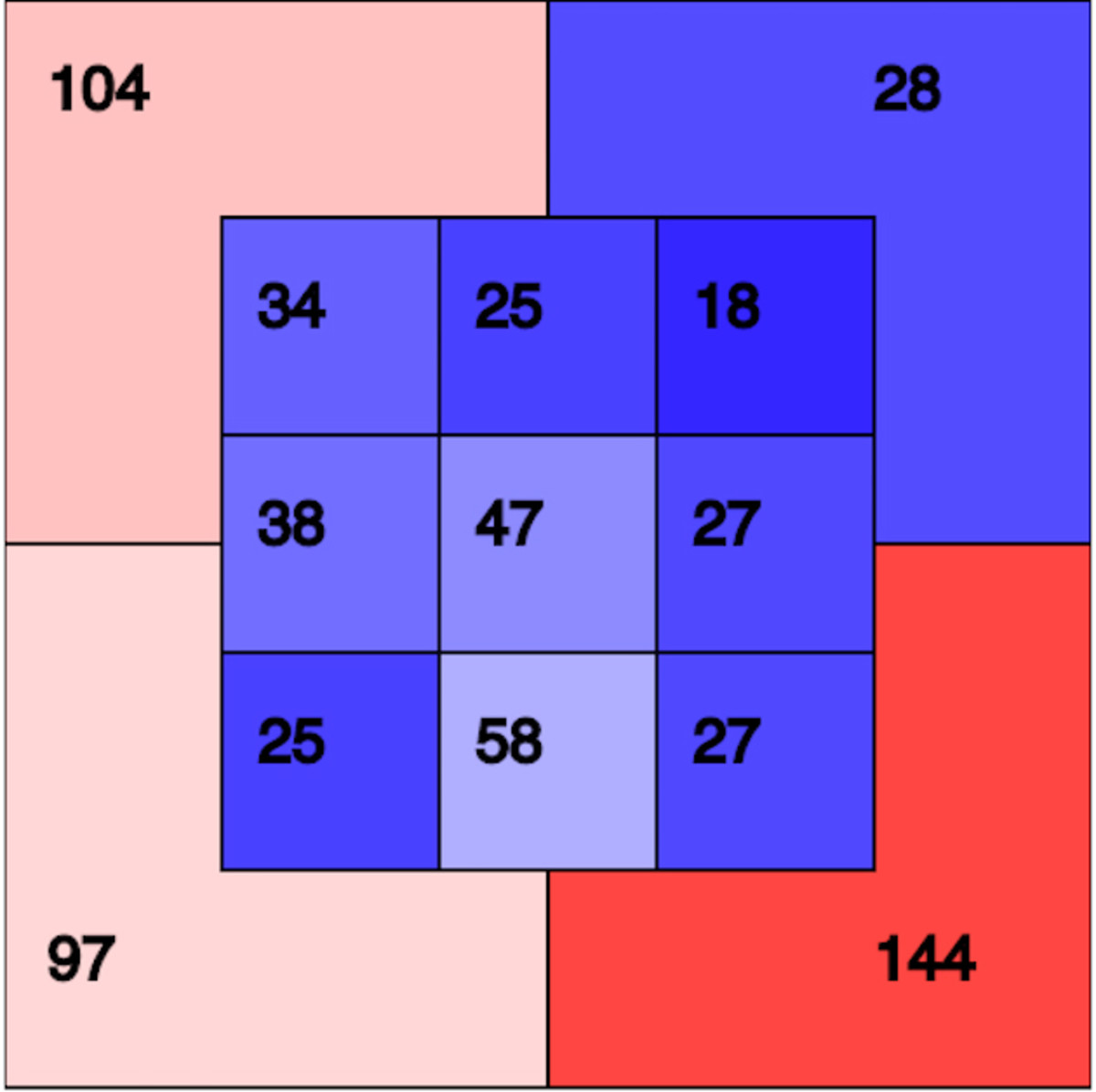Pitching Report: What’s behind Jake Arrieta’s dip in efficiency?

Your teams. Your favorite writers. Wherever you want them. Personalize SI with our new App. Install on iOS or Android.
Jake Arrieta’s 15 starts and 98 innings thrown this season can be summed up by “uncomfortable dominance.” Uncomfortable applies to the hitters in the box, Cubs fans and Arrieta’s fantasy owners watching at home. Sure, his stats have been great, but it seems he has had to work much harder this season than he did while compiling almost identical stats in his Cy Young 2015 season.
Arrieta has failed to pitch into the sixth inning five times this year, including three times in his last six starts, and that happened just three times all of last season. Arrieta’s recent short outings have put his uncomfortable dominance on display. On June 5, he struck out a season-high 12 batters in a win over the Diamondbacks, but pitched around nine hits and a walk, and needed 108 pitches to get through five innings. In his most recent start, a loss to the Cardinals, he surrendered one earned run to the league’s No. 4 wOBA offense, but walked four batters, allowed four hits, and fired 106 pitches in his five frames.
The pitch counts in those starts aren’t a concern in terms of durability. Arrieta threw fewer than 90 pitches just twice last season, and more than 100 in 23 of his outings. It is an issue when it comes to efficiency, though, and that’s especially important given the recent struggles of the Cubs bullpen. Arrieta acknowledged the need to be more efficient after his loss to the Cardinals last week, and noted an adjustment teams have made against him this season that’s forcing him into deeper counts.
• How Rockies’ Nolan Arenado is making his great hitting even better
“They’re taking strike one or the first pitch, hoping I'm outside the strike zone, so I’'ll adjust accordingly,” Arrieta told the assembled reporters at Wrigley Field. “It’s been pretty noticeable for me and pretty much the rest of our staff with [Miguel] Montero. We know how to handle it.”
Arrieta spoke of being more aggressive early in the count, while manager Joe Maddon also noted that Arrieta’s outings have been more laborious this season. If you’ve watched more than a handful of his starts, you’d have no choice but to agree. It’s clear where this season is different, too, in terms of efficiency. Arrieta’s walk rate this season is 9.1%. Last year, it was 5.5%. He issued 48 non-intentional walks a year ago, and is already at 35 this season.
With that large an increase in walk rate, you’d expect Arrieta to be all over the place compared with last year. He’s actually getting strike one slightly more often this season, 60.4% against 60.2%. Last season, 35% of the pitches he threw were balls. That rate is up insignificantly to 36.4% this year. Arrieta’s in the strike zone just as frequently as he was last year.
Maybe he’s having trouble putting hitters away this season. Aledmys Diaz fouled off pitch after pitch in an at-bat against Arrieta last week, ultimately forcing the Cubs ace to throw 12 pitches before lining out to right field. Is it possible that’s happening more often this year? Again, the numbers indicate it isn’t.
• Breaking down one of Clayton Kershaw’s few walks this season
Last season, hitters fouled off 17.4% of Arrieta’s pitches. This year, they’ve done so against 18.5% of his offerings. In two-strike counts, hitters have managed to stay alive with foul balls 22.1% of the time. Last year, they fouled off 22.9% of his two-strike pitches.
In fact, Arrieta’s strikeout and whiff rates, as well as his K/9, have all ticked up this season. It should be mentioned that strikeouts typically add to pitch counts. After all, it takes at least three pitches in an at-bat to strike someone out, whereas a first-pitch groundout achieves the same result. There’s no honest way to say that Arrieta’s strikeouts are helping drive his inefficiency.
To find an answer, we have to go back to the other human factor in every plate appearance, the hitter. As Arrieta said, the league has made adjustments to him this season, taking a more patient approach and trying to work deep counts. That strategy is working and, if nothing else, it’s forcing Arrieta to throw more pitches in an average plate appearance, while having the dual effect of getting him into more hitter’s counts.
• Fantasy baseball waiver wire: Brandon Moss thriving in part-time role
First of all, hitters are swinging at Arrieta’s pitches less often this season. His swing rate is down to 45.1% from 46.9% last season. Unfortunately for Arrieta, the decrease is entirely on pitches out of the strike zone. His o-swing percentage, the rate at which hitters swing at would-be balls, has dipped sharply to 30.2% from 34.2%. Hitters are actually swinging at his pitches in the zone a bit more this season than they did in ’15. Last year, Arrieta was 11th in the majors in o-swing rate. This year, he’s tied for 27th.
Arrieta’s stuff is no worse this season. His velocity and movement are essentially unchanged from a year ago. What is different is the overall approach of the hitters in the box.
Arrieta’s two most-used pitches are his sinker and slider. The slider is really a cutter-slider hybrid that he uses in different ways depending on the hitter and the count. For the sake of simplicity, we’re going to refer to it here as a slider, but understand that sometimes the pitch is more cutter, while other times it’s more slider. With that bit of housekeeping out of the way, let’s take a look at Arrieta’s usage rate by pitch for the last two seasons.

He’s throwing the sinker a whole lot more this year, something we’ll get to a bit later. For now, let’s focus on the slider and the way hitters have attacked it. The pitch has resulted in a ball more frequently this year. That has nothing to do with its general location, as proved by the following zone breakdowns, courtesy of Statcast. The first is from ’15, while the second is for this season.


What is noticeably different for the slider is its swing rate. Last year, Arrieta induced a swing on 57.4% of his sliders. That rate is all the way down to 53.9% this season. We can likely rule out that Arrieta is tipping his pitches. For one thing, if he was, there’s a much great likelihood that he or Cubs pitching coach Chris Bosio or someone else who is paid to play or coach baseball for a living would have discovered that before I did. For another, take a look at the following GIFs. Again, the first is from last year and the second is from this season.
It’s pretty safe to say that Arrieta’s relative inefficiency is driven by changes made by the hitter, which is great news for a guy who has already shown himself capable of making adjustments in his career.
There’s still the matter of the significantly increased usage rate of Arrieta’s sinker. This is harder to explain, given that the hybrid slider-cutter is likely Arrieta’s best pitch. He’s throwing it more often in all situations to hitters on both sides of the plate, and while it, too, has been a ball more frequently this year, its swing rate is flat at 42%.
The year-by-year zone profiles for Arrieta’s sinker could help explain why it has been a ball more often this season. You know the drill, the first one is ’15, and the second one is ’16.


That’s a stark difference that tells us he’s using it more often as a backdoor offering to righties and a fist-busting pitch to lefties. The pitch’s largest usage gains, against both righties and lefties, have been when Arrieta is ahead in the count. That opens up another possibility. Is Arrieta’s insistence on using the sinker more when he’s ahead preventing him from putting batters away, thus increasing his pitch count?
There isn’t any evidence that suggests that is the case. The pitch’s whiff rate has increased and it is being fouled off less often. His sinker’s called strike rate is the same as it was last year (well, 23.1% against 23.2%, but who’s counting), and when he’s ahead in the count its called strike rate has surged five percentage points.
Every single factor we’ve examined screams that it’s the offensive approach of Arrieta’s opponents that has made him less efficient this season. His strikeout rate, whiff rate, K/9 and ground-ball rate are up. He has the lowest hard-hit rate in the majors, and the second-best HR/9, trailing only Johnny Cueto. Arrieta is doing everything right this season. When he gets more aggressive in the zone, a necessity he himself acknowledged, we’ll likely remove the modifier “uncomfortable” and simply categorize his performance as “dominance” once again.
• Jake Arrieta lost a bet, so he has to get a Coastal Carolina tattoo
Pitchers to watch this week
Marco Estrada, Blue Jays
Estrada allowed three runs on two hits in six innings in his last start, marking the 11th consecutive outing in which he pitched at least six innings and surrendered five or fewer hits, the longest such streak in MLB history. He went into the start tied with Arrieta (June 8 to July 31, 2015), Johnny Cueto (September 23, 2013 through May 15, 2014) and Johan Santana (June 15 through August 1, 2004), but is now alone in the record books.
He left his start against the Diamondbacks last week due to back soreness, but he is not expected to miss any time. It will be awfully tough for him to extend that streak to 12 on Monday when he takes on the Rockies at Coors Field. If he gets through that start, he’ll have a shot to get it to 13 against the Indians over the weekend.
Scott Kazmir, Dodgers
A cursory glance at Kazmir’s stats this season would tell you he’s having about as mediocre a year as possible. He has a 4.52 ERA, 4.58 FIP, 1.30 WHIP and 87 strikeouts in 83 2/3 innings. His BABIP and strand rate are both right around league average, so there’s little reason to believe he has been unlucky. At the same time, he has the 11th best soft-hit rate (22.5%) in the majors, and the third lowest hard-hit rate (22.9%).
Kazmir’s BABIP may be league average, but those batted-ball rates suggest he should be outpacing the league-wide mark. He has a couple of tough assignments this week, drawing the Pirates on Monday and the Rockies on Saturday.
• Home run spike brings offense back to game but invites conspiracy theories
Noah Syndergaard, Mets
The Mets organization, its legions of fans and Syndergaard’s fantasy owners all had a nervous 24 hours after he left his last start early with elbow soreness. They were all relieved when tests turned up nothing serious, freeing up the fireballer to make his next scheduled start against the Nationals on Monday. Although everything appears to be fine, we can’t yet say that Syndergaard is totally out of the woods. He said that his heavy workload could be causing the elbow issues, so it will be interesting to see how Terry Collins and the Mets treat him in his first start of the week. He’s slated to make a second start on Saturday against the Cubs.
Tanner Roark, Nationals
Stephen Strasburg and Max Scherzer hog all the attention in the Washington rotation, but Roark is having himself another strong season. He has a 3.18 ERA, 3.50 FIP, 1.22 WHIP and 82 strikeouts in 93 1/3 innings, stabilizing the back of the Washington rotation and giving the organization plenty of time to ease top prospect Lucas Giolito through the minors.
Roark has been among the hardest pitchers in the league to square up this season, ranking first (tied with Kyle Hendricks) in soft-hit rate, and second, trailing only Jake Arrieta, in hard-hit rate. The Nationals kick off their week with a big three-game series against the Mets. Roark will oppose Syndergaard on Monday. He’ll take the ball again on Saturday against the Reds.
Jose Quintana, White Sox
Quintana’s owners may be getting a bit jumpy after his second poor outing in his last four trips to the mound. He was never going to pitch as well all season as he did over the first six weeks, but this isn’t the other shoe dropping on his excellent 2016 campaign. Yes, he struggled in starts against the Tigers and Red Sox in the last three weeks. In between those starts, however, he shut down the Royals and Indians, allowing a total of five runs on 13 hits in 15 2/3 innings, striking out 16 while walking just one. He went 01 in those two starts because, as has become its custom, the White Sox offense abandoned him, but Quintana continues to enjoy a breakout season. He’ll take the mound twice this week, facing the Twins on Tuesday and Astros on Sunday.
Prospect watch
Jose Berrios, Twins
Berrios was a draft-day darling in many fantasy circles, and picked by many, including a certain SI.com fantasy baseball writer whose work you’re reading right now, to be the AL Rookie of the Year. Things didn’t exactly unfold that way, with Berrios amassing a 10.20 ERA and 2.13 WHIP in 15 innings with the Twins before being sent back to Triple A Rochester. The Twins have the worst record in baseball and are on pace to lose 110 games this season. Berrios making his return to Minnesota this year is a question of when, not if. He’s making a push for the answer to that question to be, “very soon.”
• MLB awards watch: AL MVP gets tighter and tighter
Berrios has been mostly good at Rochester this season. He has had a couple of rocky outings, but has totaled a 2.97 ERA, 1.10 WHIP and 67 strikeouts in 61 2/3 innings. Berrios had his best start of the year last Thursday, shutting out Colorado Springs (Rockies) for eight innings, allowing just three hits and two walks while striking out nine. In the start before that, he surrendered two runs in six innings, striking out seven and walking three in a tough-luck loss to Toledo (Tigers). Berrios is starting to show the consistency the Twins likely want to see from him before they bring him back to the majors.
Arguably the best thing about his dominant outing against Colorado Springs was that he needed just 88 pitches, 60 of which were strikes, to get through eight innings. Efficiency is crucial for any pitcher, and that, coupled with the nine strikeouts, shows Berrios’s ability to get ahead early in counts and put hitters away without nibbling. The 22-year-old is once again stash-worthy in all formats. We could see him back in a Twins uniform within a month.
GIF of the week
Last week, we gave you Bauer as the must-add player in our Waiver Wire column. He then went out and tossed a complete game against the Rays a few days later, allowing one run on three hits while striking out 10 batters. Usually, we show you a nasty strikeout pitch in this space. This week, however, we’re going to go in a different direction. Pitchers make nice plays on comebackers all the time, but the casual, almost flippant, manner with which Bauer makes this play is a thing of beauty.
O.K., fine, we’ll give you a nasty strikeout pitch, too.
Two-start pitchers
- Jake Arrieta
- Jon Lester
- Corey Kluber
- Noah Syndergaard
- Jeff Samardzija
- Matt Harvey
- Matt Shoemaker
- Jose Quintana
- Cole Hamels
- Marco Estrada
- Trevor Bauer
- Danny Duffy
- Chris Archer
- Joe Ross
- Jerad Eickhoff
- Vince Velasquez
- Scott Kazmir
- Adam Wainwright
- J.A. Happ
- Michael Wacha
- Junior Guerra
- Dan Straily
- Blake Snell
- CC Sabathia
- Hisashi Iwakuma
- Matt Wisler
- Francisco Liriano
- Eduardo Rodriguez
- Adam Conley
- Jon Gray
- Collin McHugh
- Daniel Mengden
- Julio Urias
- Jon Niese
- Yusmeiro Petit
- Robbie Ray
- Yordano Ventura
- John Lamb
- Ubaldo Jimenez
- Chi Chi Gonzalez
- Kendall Graveman
- John Gant
- Ivan Nova
- Kyle Gibson
- Albert Suarez
- Mike Pelfrey
